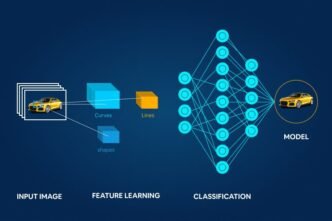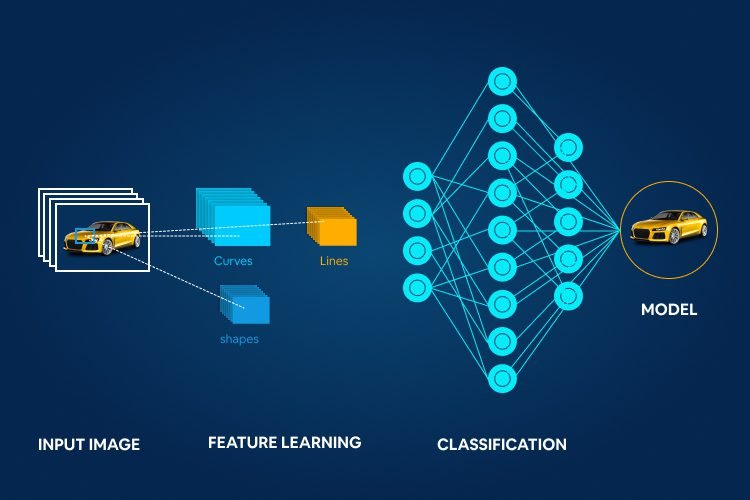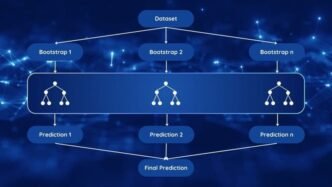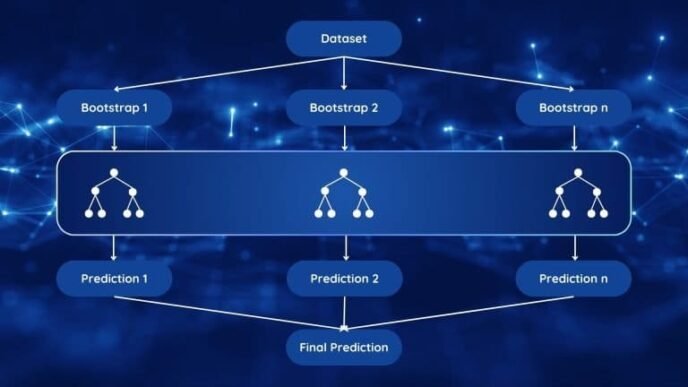Sequence modeling in deep learning involves designing models that can process and generate sequences of data, such as time series, text, audio, or video. Unlike traditional models that handle individual, independent data points, sequence models capture dependencies between elements in a sequence, allowing them to learn the context and patterns over time or in a sequence of items.
Key Concepts in Sequence Modeling
- Sequential Data: Sequential data consists of ordered elements where each element has a relationship with the previous ones. Examples include:
- Text: Sentences where each word depends on previous words for meaning.
- Time Series: Data collected over time, like stock prices or temperature readings.
- Audio: Sounds where each sample is influenced by preceding audio samples.
- Challenges in Sequence Modeling:
- Variable-Length Sequences: Input sequences may have different lengths, requiring models that can adapt to various sequence lengths.
- Long-Term Dependencies: Capturing dependencies between distant elements in a sequence is challenging, especially for longer sequences.
- Sequential Processing: Sequence models process data element-by-element, making them more complex than static models.
Popular Deep Learning Models for Sequence Modeling
- Recurrent Neural Networks (RNNs): RNNs are the foundational model for sequence modeling. They process one element at a time while maintaining a “hidden state” that captures information about previous elements in the sequence.
- Long Short-Term Memory (LSTM) Networks: LSTMs are a type of RNN designed to overcome the issue of “vanishing gradients,” allowing them to capture long-term dependencies in sequences more effectively.
- Gated Recurrent Units (GRUs): Similar to LSTMs, GRUs are simplified versions that often achieve similar performance while being computationally more efficient.
- Transformers: Transformers, particularly models like BERT and GPT, use self-attention mechanisms instead of recurrent structures to capture dependencies in sequences. They are highly effective for tasks involving long sequences, such as text and speech.
Example of Sequence Modeling: Text Generation
Let’s look at text generation as an example. Text generation involves creating a sequence of words, such as sentences or paragraphs, based on an initial input.
Step 1: Data Preparation
- Gather a large dataset of text (e.g., books, articles).
- Preprocess the text by tokenizing it (splitting it into words or subwords) and converting tokens to numerical representations that the model can process.
Step 2: Model Design (Using LSTM)
For simplicity, let’s consider an LSTM-based model for text generation.
- Input Sequence: The model receives a sequence of words (like a sentence or a fragment of text).
- Embedding Layer: Each word is converted into a vector representation to capture its meaning.
- LSTM Layer: The LSTM layer processes the sequence word by word, maintaining a hidden state that reflects the context of the sequence so far.
- Output Layer: After processing the sequence, the model outputs probabilities for the next word in the sequence.
Step 3: Training
The model is trained by feeding it sequences of words and asking it to predict the next word. For instance, given “The cat sat on the,” the model might learn to predict “mat” with a high probability.
Step 4: Generating Text
To generate text, we provide an initial seed phrase to the model. The model generates the next word based on the seed, adds that word to the sequence, and uses this updated sequence to predict the following word. This process continues until a desired length of text is generated.
Example Code for Text Generation Using LSTM
Here’s a simple example using Python and Keras to demonstrate sequence modeling with an LSTM for text generation.
Explanation of the Code
- Text Tokenization: The text is tokenized to convert each word into a unique integer.
- Creating N-gram Sequences: Short sequences are created from the text, where each sequence is used to predict the next word in the training phase.
- Model Architecture:
- Embedding Layer: Encodes each word as a dense vector of fixed size.
- LSTM Layer: Processes the input sequence, maintaining information about prior words.
- Dense Layer: Outputs a probability distribution over the vocabulary to predict the next word.
- Training: The model learns by minimizing the prediction error for the next word in the sequence.
- Text Generation: After training, a seed phrase is used to generate new text by predicting the next words iteratively.
Applications of Sequence Modeling
Sequence models have a wide range of applications, including:
- Language Translation: Translating text from one language to another by learning the sequence patterns in different languages.
- Speech Recognition: Converting audio (sequences of sound) into text.
- Music Generation: Composing music by predicting the next note or chord in a sequence.
- Stock Price Prediction: Forecasting future prices by analyzing historical price sequences.
- Video Processing: Analyzing frames in a video to detect objects or actions.
Sequence modeling is fundamental to many deep learning tasks, especially where understanding temporal or sequential dependencies is essential. With advanced architectures like transformers, sequence modeling has become even more powerful, pushing the boundaries in fields like natural language processing and audio synthesis.











